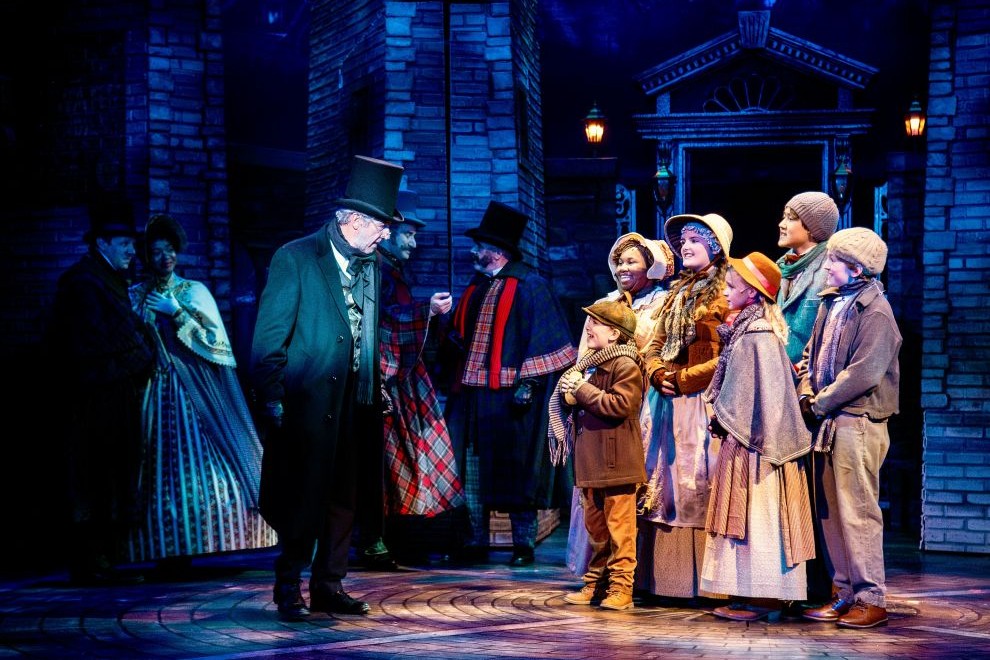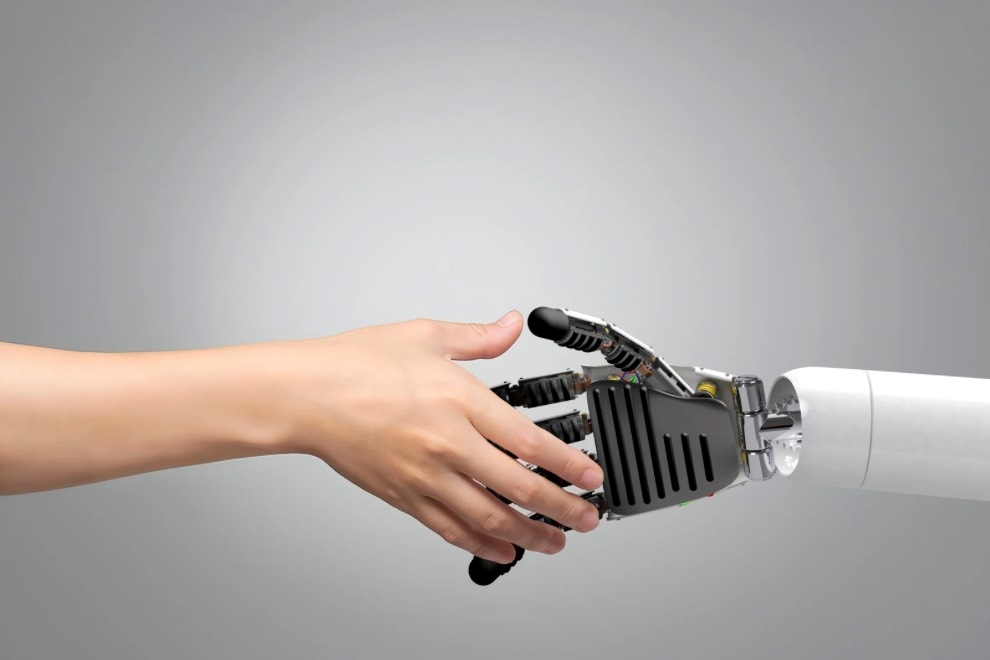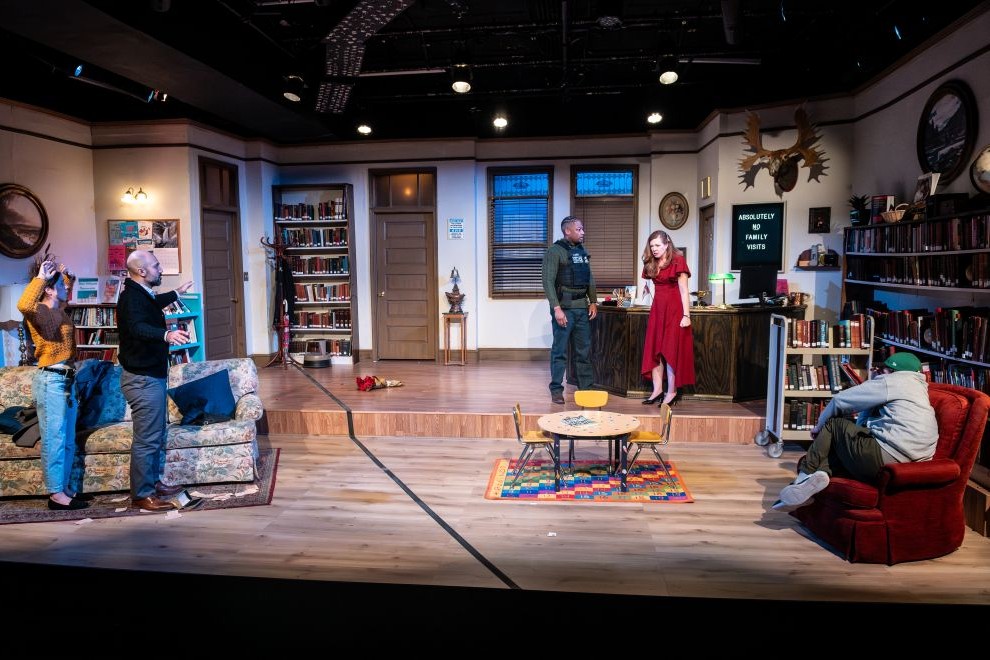Every living being leaves an imprint on earth. It is these imprints or signs of life – like vegetation, water, and industrial pollution – that scientists are not only looking at on Earth, but also looking for on planets and galaxies far beyond ours.
In Living Worlds, viewers go on a journey to discover what these different imprints have looked like for millions of years, and how they can inform us about life or lack thereof on our neighboring planets and galaxies.
This film is narrated by Daveed Diggs. For those who aren’t familiar with the name, he was the Marquise de Lafyette and Thomas Jeffferson in the brilliant stage production of Hamilton.
There is no rapping in this film, but Diggs’ narration glides through some fascinating and complex points – some of which younger minds may not grasp, so it’s really for viewers eight years old and above. The visuals and movement throughout the film are still very much appealing to a younger crowd, so don’t exclude the littles.
Scientists look at Earth to learn about life on other planets.
On Earth, there are remnants of its former self; like when it was a giant ice ball 4 million years ago. Scientists seek out to find places that hold hints of the past, which ultimately provide insight what other planets could look like and the type of life they could support.
One such place that is studied quite often is the Chilean Andes where Cabrolae amoeba were discovered in 2009. Because the environment mimics the harsh climate of Mars scientists are able to use this as an example of what might be able to survive in that climate and where to look for them.

What is it exactly that they use to make these connections? Insert big words here: spectral fingerprints and technosignatures. Spectral fingerprints are markers that allow us to determine if environments could be similar. Scientists specifically look for signs of life like water, plants, and organisms in a planet’s atmospheric chemistry that each emit a color of light that can be seen from light years away. Technosignatures are like radio emissions from light years away that can also provide indicators as to whether an advanced civilization may exist.
To detect indicators of life like spectral fingerprints and technosignatures, scientists are also developing and using specialized equipment that allows them to explore places that were never thought possible. For instance, a concept for a worm-like robot that can explore the tight crevices of ice layers on Saturn’s sixth largest moon where evidence of a subsurface ocean might exist, could advance discoveries greatly.
The James Webb Space Telescope which launched in 2021 uses spectroscopy to search for signs of life, or biosignatures, on faraway exoplanets based on the unique colors of their atmospheric chemistry. You can learn more about JWST in this article from Justin Bartel with the Science Museum.
Living World does a really great job at animating these concepts in ways that are engaging and educational. In doing follow up research for this review, I found a great video of behind the scenes with the scientists and animators discussing how they worked together to bring to life abstract concepts. Quick tip! This film has quite a bit of motion to it. If you’re like me, that can present a challenge sometimes, so I always like to have a heads-up to prepare if possible.
Living World’s plays every day in The Dome at the Science Museum of Virginia. For show times, visit the Science Museum of Virginia.
For a look at the making of the film, you can check Behind the Scenes.





